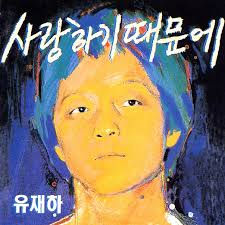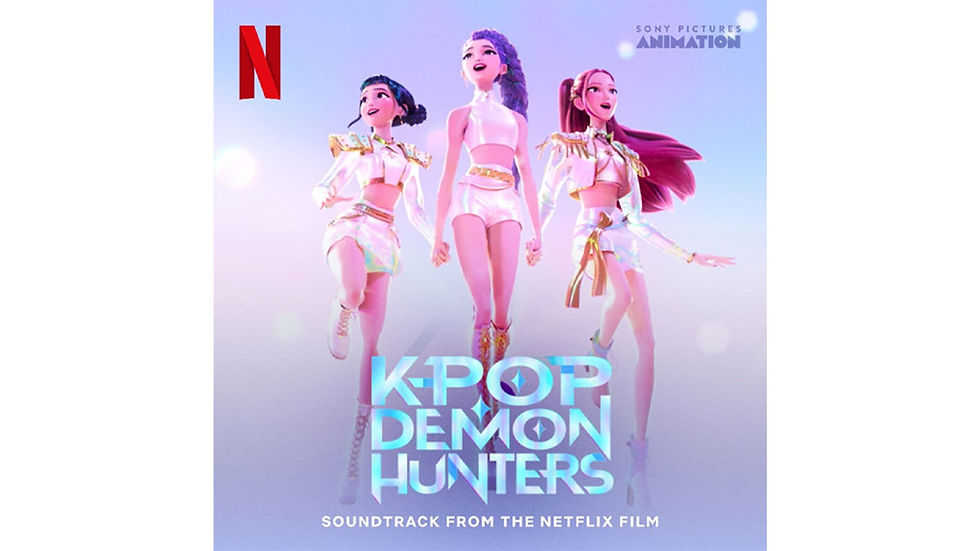The World of Charlie Chaplin: Hiromi's "Mr. C.C."
- Jiyoon Auo
- Mar 29, 2024
- 5 min read
Updated: Mar 18
Even though you are not born in the era of silent film, you must have heard the name of Charlie Chaplin. His iconic Tramp character, with its bowler hat, cane, and distinctive mustache, has become synonymous with early cinema and remains ingrained in the cultural consciousness to this day. Born on April 16, 1889, in London, Chaplin rose from a childhood of poverty and hardship to become one of the most influential figures in the history of cinema.
Charlie Chaplin is considered to be revolutionizing the world of film with his masterpieces. Even though the movies of his do not have sounds, through his acts and vibrant facial expressions, Charlie Chaplin successfully managed to conveying the messages of the films. There are several films that became masterpiece, but definitely “Modern Times” premiered in 1936 is the one and only that people still find it interesting and enjoyable movie to watch without sounds. One thing about his shining abilities is that he was such a talented actor who captured the essence of the human condition. However, unlike other actors, Charlie Chaplin conveyed this political and somewhat serious messages with a rare blend of humor, pathos, and social commentary. His ability to evoke laughter and tears from audiences worldwide transcended language barriers and established him as a truly universal artist.
One of Chaplin's most remarkable characteristics was his versatility as a performer and filmmaker. Not only was he a gifted actor capable of conveying a wide range of emotions through his physical comedy, but he also wrote, directed, and produced many of his own films. This level of creative control allowed Chaplin to maintain a distinct artistic vision and uphold his commitment to quality and innovation. His meticulous attention to detail, from the choreography of slapstick sequences to the composition of poignant musical scores, set a standard for excellence that inspired generations of filmmakers.
If you are a fan of Charlie Chaplin, then you would want to follow his trajectory in different kinds of ways. The first thing you can do, of course, is delve into his movie career and discuss his versatile talents with your friends. However, if you are the type of person who wants to talk about him in a different way and happen to have a piano, then I would like to suggest playing a piece of music inspired by Charlie Chaplin. Written by Hiromi, “Mr. C. C.” is a piano piece of music influenced by Charlie Chaplin, as hinted by the title. Hiromi Uehara, known simply as Hiromi, is a Japanese jazz composer and pianist renowned for her virtuosic playing and innovative compositions. In "Mr. C. C.," Hiromi skillfully incorporates elements of Chaplin's iconic persona and cinematic style into a captivating musical narrative.
The composition begins with a playful and whimsical melody, perfectly capturing the comedic charm found in Chaplin's acting. As Hiromi is such a talented jazz pianist, this song is known to be having some difficult piano skills. First, you will be hearing that Hiromi's nimble fingers dance across the keys, evoking the physicality and expressiveness of Chaplin's on-screen performances. Interestingly, the music is showing different sections of music that showcases her technical prowess and improvisational skill. Not only the sectional division is unique, her intricate melodies and harmonies are notable enough to mention how the music could capture the characteristics of Charlie Chaplin. The music transitions seamlessly between moments of lighthearted humor and poignant introspection, capturing the multifaceted nature of Chaplin's artistry.
As you listen to the music, some might question how to play this music. This music sounds fantastically beautiful. Its intricate melodies and harmonies represent Charlie Chaplin’s humorous acting. However, it features fast notes with jazzy rhythmic variations. What about scales? Is it even possible to convey the nuances that the composer wrote for? I mean, is it possible to find a music sheet that even transcribed the music precisely? Well, I understand your concerns, and I could imagine many people giving up practicing it just because they can’t have access to the sheet.
<Mr. C.C performed by Soojin Andrew>
However, luckily enough, here is the music sheet that successfully managed to transcribe the music in detail. You will find it amazing once you take a look at the sheet. The difficulties of transcribing music lies in the nature of how transcriber understands the music in detail. Each note on the sheet music represents a moment in the piece, carefully transcribed by the composer or arranger to convey the intended sound. It requires a deep understanding of musical theory and notation, as well as an ear for detail to capture the essence of the music faithfully.
What makes transcribing music particularly challenging is the subjective nature of interpretation. A transcriber must not only understand the technical aspects of the music but also grasp its emotional and expressive qualities. This involves analyzing the phrasing, articulation, and stylistic nuances inherent in the composition.
In the case of "Mr. C. C." by Hiromi, the transcriber would have faced the task of capturing the essence of Chaplin's persona and cinematic style through musical notation. This might involve incorporating motifs, jazzy rhythms, and harmonies that reflect Chaplin's comedic charm and emotional depth. What’s more, this music has such fast notes that are not easily captured. Starting from 4:00 of the video, for example, the transcribe might have been facing difficulties in transcribing all of the notes the passage has. However, this sheet music has done this difficult task without missing any single notes. Not only capturing the notes, this sheet shows you the significant note that has been emphasized by Hiromi. By using ‘tenuto,’ you will be able to understand which note to highlight while you play it.
Furthermore, the sheet successfully shows accuracy in representing the complexities of Hiromi's performance. This includes capturing the intricate fingerings, dynamic contrasts, and improvisational elements that are characteristic of jazz piano playing.
It look like one of the most struggling piece to transcribe. However, once you have a successful transcriber, all you have to do it just following what the transcriber captured. Here, again, is the perfect example to show the delicacy of transcriber’s task. Why don’t you look at it and start your journey to enjoy the world of jazzy sound of Charlie Chaplin?
You might also like

Over 200,000 sheets with various songs and instruments, and 15 different local payment methods, MyMusicSheet provides the most convenient platform service for those of you who love music.




Comments